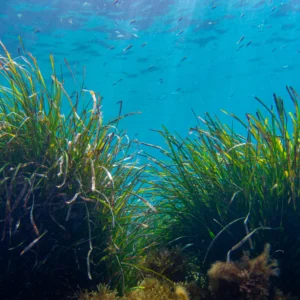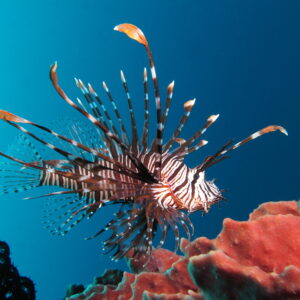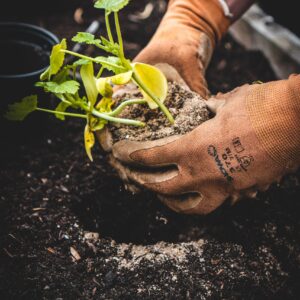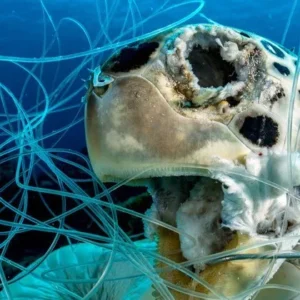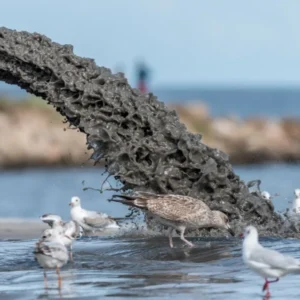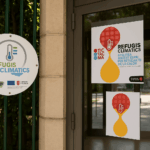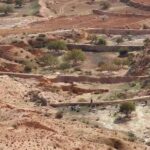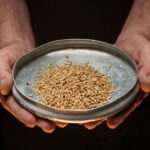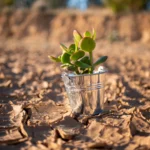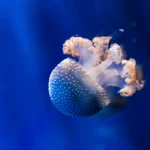“There is no planet B”, we don’t have another planet, we have to act now. This is the slogan used by many environmental activists and the reality we face today. With global warming accelerating, the climate crisis has become undeniable for people all over the world. It’s against this backdrop that the whole world is thinking of new solutions to mitigate and adapt to climate change, solutions that are often technological, costly and have harmful side-effects on nature. That’s why scientists are looking for new solutions.
What if we took our inspiration from nature to find solutions?
In global debates on climate and biodiversity, we hear that the solutions we adopt to tackle the climate crisis can be achieved through Nature-based solutions: solutions that are advantageous and often less costly than other types of intervention, making their implementation possible anywhere in the world.
Nature-based solutions to protect nature
First introduced in 2009, in a document prepared by the International Union for Conservation of Nature (IUCN) for the global climate negotiations in Copenhagen, nature-based solutions (NBS) are a concept based on the multiple eco-system services provided free of charge by nature.
These are different types of actions that can be combined and implemented via mechanisms of:
- Protection of functional ecosystems in good ecological condition;
- Sustainable management of ecosystems for human activities ;
- Restoring degraded ecosystems or creating new ones.
SFNs must meet a number of requirements, namely to respond to societal challenges and provide both human well-being and biodiversity benefits.
This concept is fairly new, as it was formalized and defined in 2016, while at the same time drawing on tools and knowledge that have been implemented for a thread of time, such as engineering and ecological restoration.
In concrete terms, an SFN is, for example, the restoration of degraded forests that will capture and store carbon dioxide to mitigate climate change, while providing a favorable environment for flora and fauna as well as a host of benefits for the surrounding area and communities.
The greening of cities is a good example of the creation of ecosystems that will create islands of coolness, reduce the intensity of heatwaves and restore biodiversity in urban spaces where concrete leaves no room for green spaces.
Another successful example of SFN is the restoration of wetlands along watercourses, which will store and infiltrate water in the event of flooding, thereby reducing the risk of flooding while preserving the homes and socio-economic activities located along them.
The SFN concept has taken off and become increasingly used by local authorities, decision-makers and financiers. With this in mind, a standard has been published to provide a better framework for the concept, as well as an appropriation and support tool for project developers.
In July 2020, IUCN published an SFN standard aimed at identifying projects that qualify as nature-based solutions. This standard contains 08 criteria and 28 indicators specifying the elements to be included in a NFS at the planning, design and implementation levels.
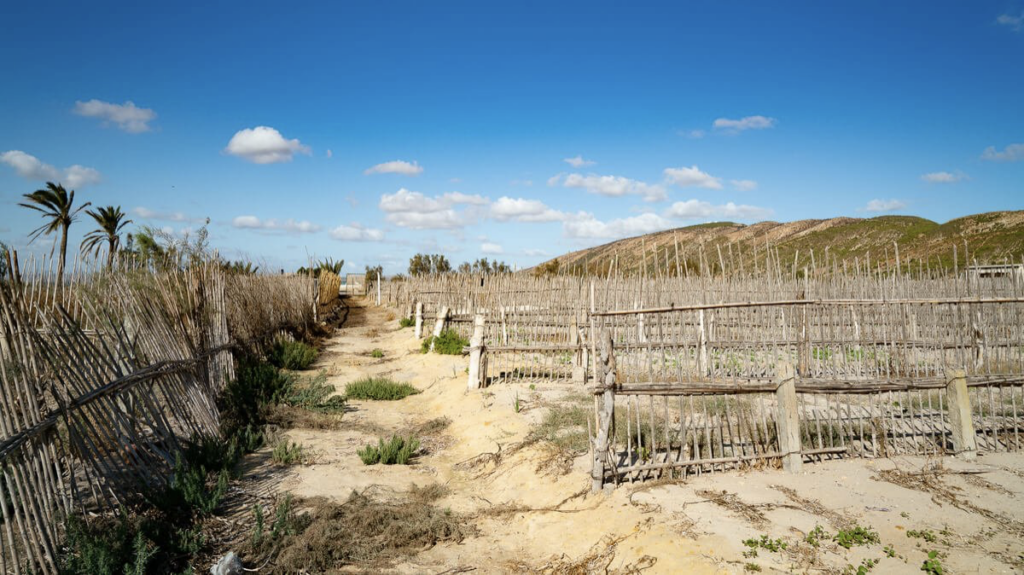
SFN-based projects in Tunisia are already underway
The World Wide Fund for Nature in North Africa (WWF NA) is a pioneer in this respect. It investigated the GEMWET project according toIUCN global standards, and it qualified as SFN with 68% adherence to the standard.
GEMWET “Conservation et Développement Durable des Zones Humides Côtières à Haute Valeur Écologique” is the only project in Tunisia to qualify as such. It is being implemented in 2018 in the Ghar El Melh lagoon in the Bizerte governorate in northern Tunisia.
In the GEMWET project, we are working on areas of improvement that are insufficiently or partially achieved according to the IUCN standard indicators. A set of recommendations and actions have been identified and prioritized to aim for a stronger, more robust nature-based solution.
Says Imène Rais, Freshwater Program Coordinator at WWF NA.
GEMWET in Ghar El Melh, a promise for a better future for the region
Ghar El Melh, a coastal region in north-eastern Tunisia with special ecological and historical assets.
Several lagoons form the region, such as the Sebkhas, which have favored farming and fishing practices that have become very specific to Ghar El Melh.
These include artisanal fishing and a distinct ancestral agricultural system known as “Gattaya” and also RAMLI* cultivation, a technique specific to Ghar El Melh which consists of creating arable land on the Sebkha.

The Ghar El Melh lagoons are part of the Madjerda watershed, Tunisia’s largest waterway to the Mediterranean Sea, which supplies 40% of Tunisians’ drinking water.
This wetland is classified as “Wetlands of International Importance”, a label awarded by the RAMSAR* convention in 2007, and offers a plethora of flora and fauna, including endangered species. In 2018, the city was also classified as a “City of Wetlands” by the same convention.
However, the anthropic and environmental pressures facing Ghar El Melh and its wetlands, coupled with its fragility to climate change and its ecological and heritage wealth, justify the choice of Ghar El Melh for the implementation of the GEMWET project.
All the problems in Ghar El Melh are partly linked to the deterioration of water circulation in the lagoon, and more specifically in the Sebkha de Sidi Ali Mekki. This problem, caused by climate change and unbridled urbanization, is threatening the lagoon’s fragile ecosystem. The Sebkha is drying out, leading to a rise in freshwater salinity and impairing the automatic irrigation of plants, which eventually die, resulting in a decline in agriculture and the gradual death of the Sebkha.
Imène Rais tells Blue TN.
The Ghar El Melh region is therefore faced with immense societal problems, including :
- Risk to water safety from increased salinity and pollution
- Risk to food security due to reduced agricultural and fishing yields.
- Reduced economic and social development due to the loss of traditional livelihoods.
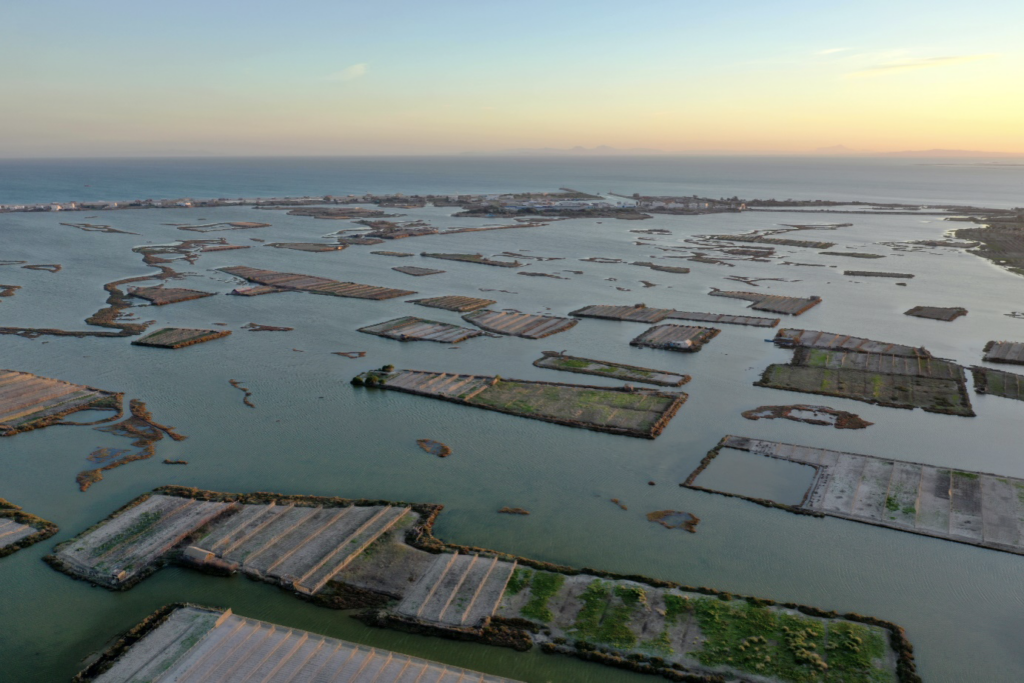
With this in mind, WWF NA is working with scientists and experts to implement these solutions in the Ghar El Melh region to ensure the regeneration and protection of this rare ecosystem:
We are working with WWF NA to create a water passage between the sea and the lagoon to regenerate the lagoon’s natural hydrogeological functioning, which in turn will ensure the continuity of RAMLI crop farming in a sustainable way. The aim is to identify nature-based restoration solutions to improve the flow and quality of water in the Ghar El Melh lagoon, which has suffered degradation due to human activities such as road building, and the invasion of the lagoon by constructions that have obstructed the passage of water.
Says Raoudha Gafrej to Blue TN, an academic and expert in water and climate change adaptation.
Human activities in this region have made the situation complicated, and only SFNs can effectively solve these problems:
This phenomenon uses nature’s functions to correct the problems created by man in a given ecosystem. The great advantage of SFNs is that they are risk-free, as they have no negative effects on nature compared with other solutions.
Adds Raoudha Gafrej.
The primary beneficiaries of this project are the communities of the Ghar El Melh region, in particular the fishermen and farmers who exploit the plots of land known as “Gattaya” or Ramli culture. This project will also ensure the preservation of the ecosystem and the protection of the main socio-economic activities of the Ghar El Melh region.
The challenge now is to replicate this model in other parts of the country, to protect vulnerable communities from the consequences of the climate crisis.
- *Ramsar Convention: an intergovernmental treaty for the conservation and wise use of wetlands, to which Tunisia acceded in 1980 with the designation of the Ichkeul site and numerous wetlands of international importance.
- * RAMLI cultivation: unique in the world, based on a passive irrigation system in which the plant roots are fed at all times of the year by rainwater and water stored in the mountains as a result of the geological karstic formation that ensures a continuous flow of water to the lagoon and the Sebkha.
Copyright © 2022 Blue Tunisia. All rights reserved

